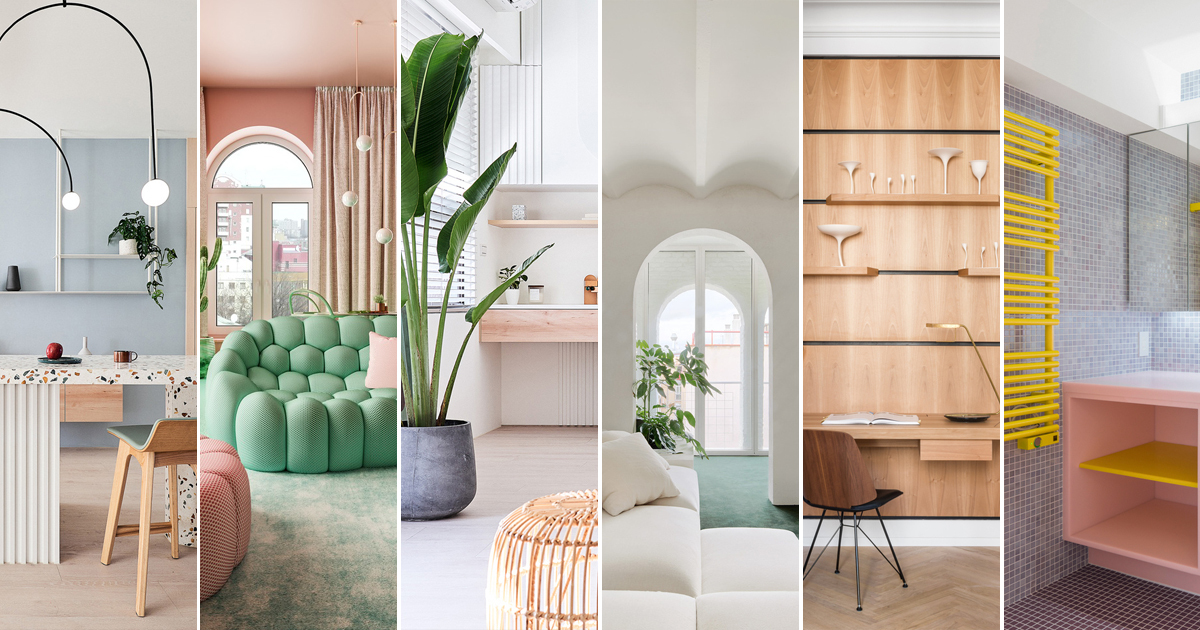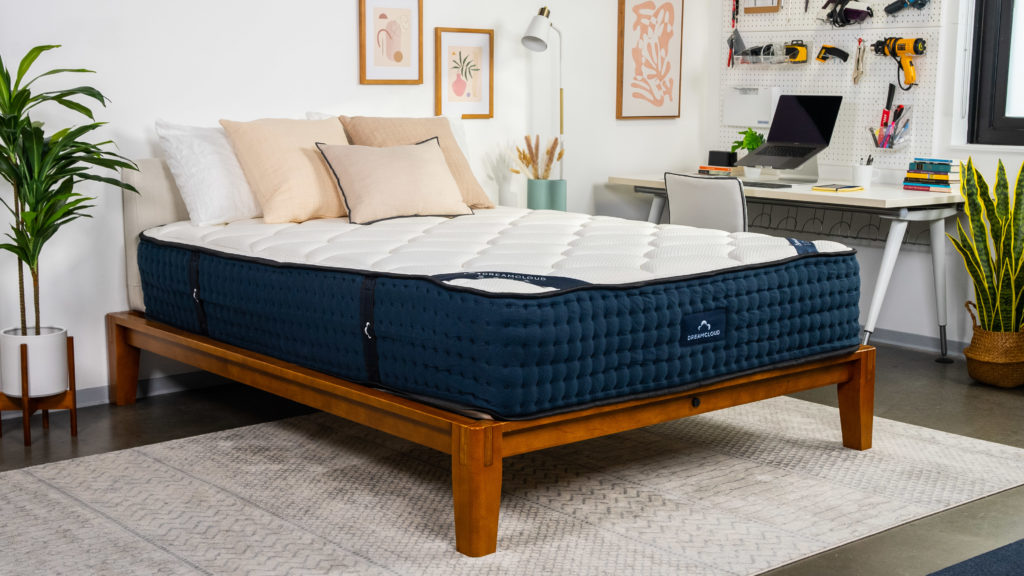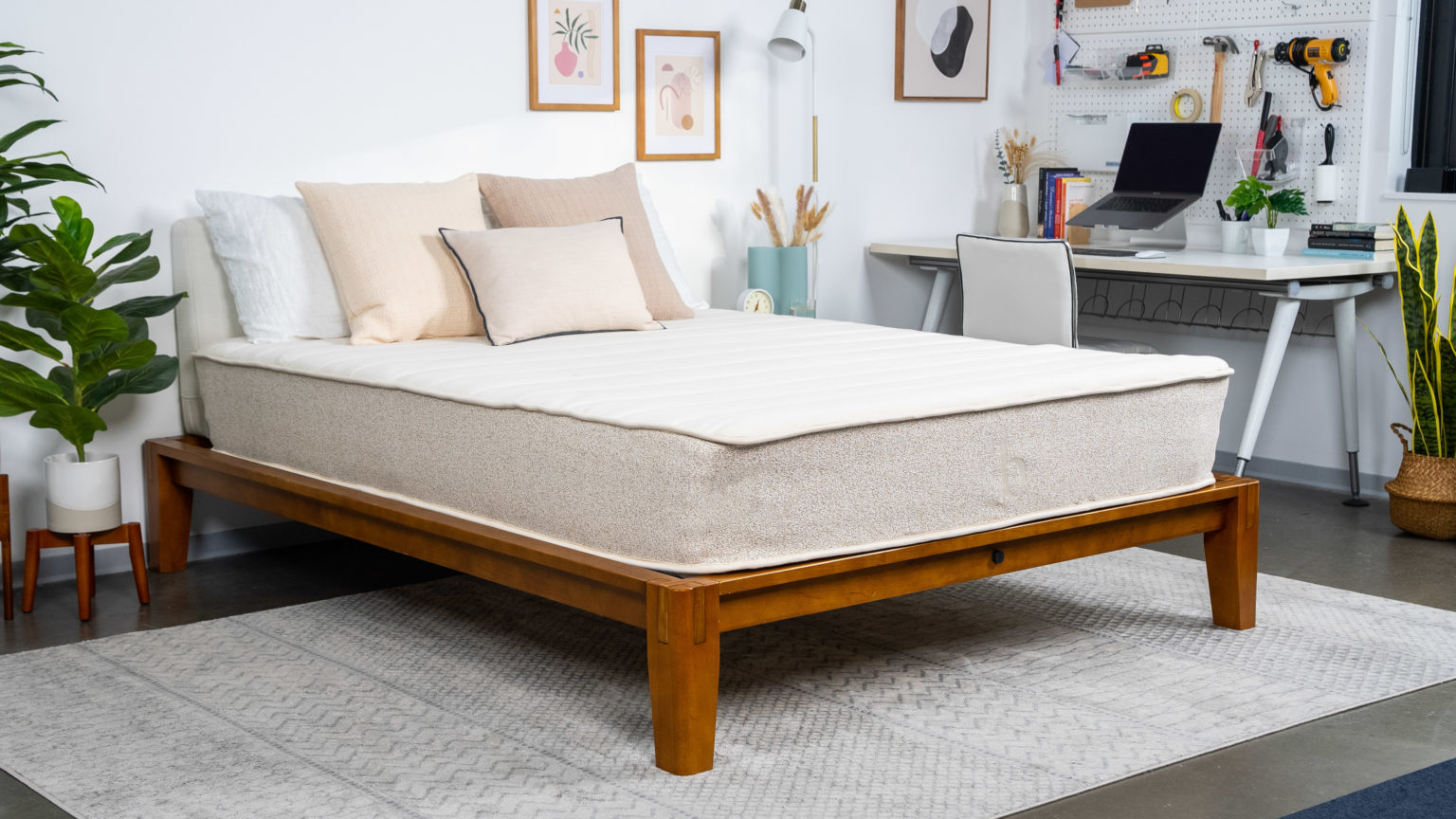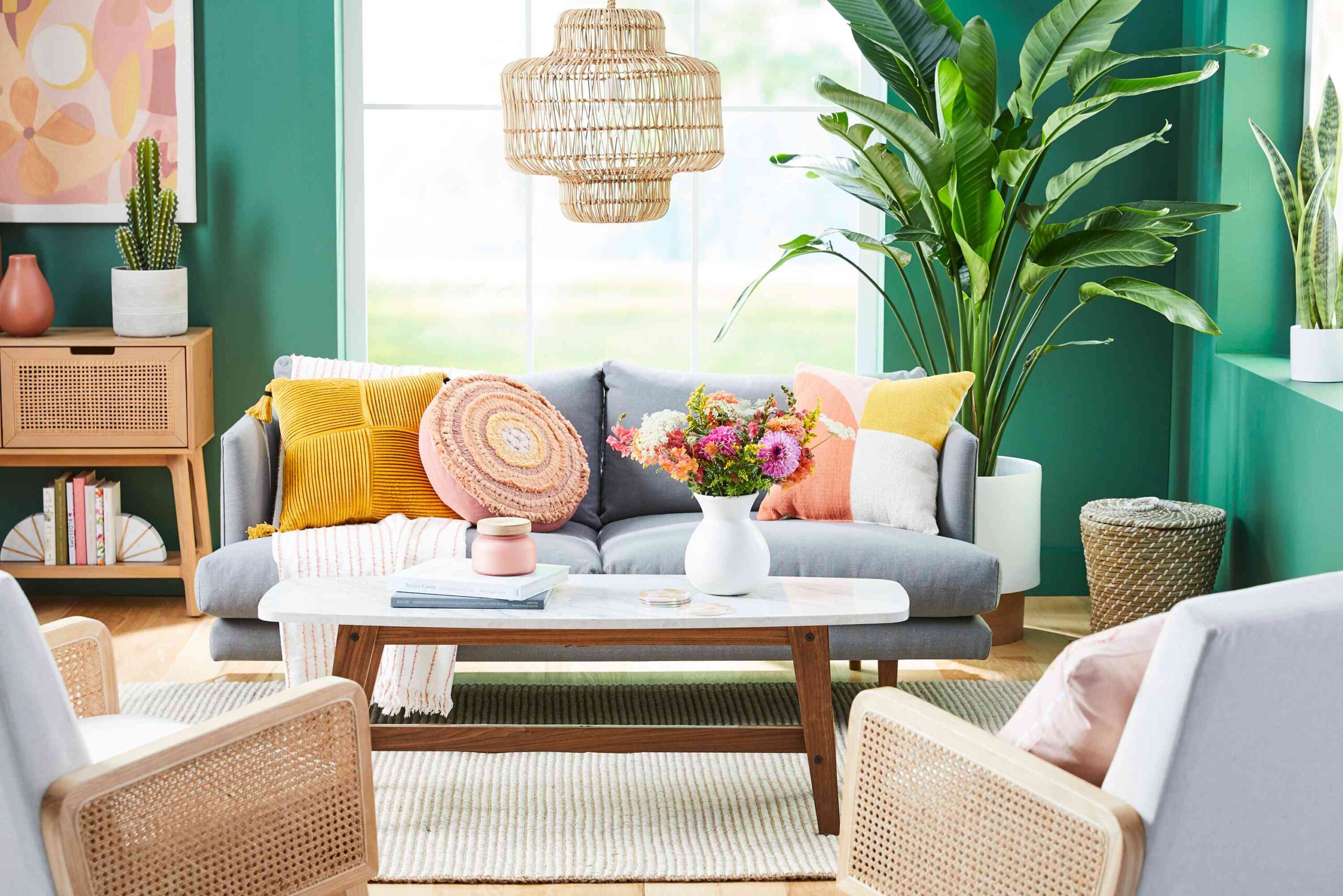Interior design combines aesthetic vision and detailed planning for harmonious and functional interiors. Designing rooms is only part of it. A comprehensive knowledge of aesthetics, psychology, architecture and space are also required. They are professionals with the skill to create a space that is unique and reflects their clients’ personalities. Here, we explore the exciting world of design and examine how interior designers impact our lives.
The origins of interior design are found in ancient civilizations. In these cultures, the use of colors, fabrics, and furnishings to create aesthetically pleasing spaces was a common practice. Interior design has been a major influence on human environments for centuries. Interior design evolved as architectural styles and social norms changed. Design was transformed in the twentieth century by designers such as Frank Lloyd Wright or Ludwig Mies van der Rohe who broke away from traditional design boundaries. Their innovative ideas continue to influence modern designers.
Interior design requires a creative and collaborative approach that starts with a thorough understanding of client needs, preferences, and lifestyle. After gathering this data, the designer will create an original vision for the area. All decisions are made carefully and with attention to details, starting from choosing a color palette and moving on to furniture and other accessories. Technology and digital tools are revolutionizing the interior design field. Designers can create walkthroughs and virtual renderings to give their clients an idea of what the finished product will look like.
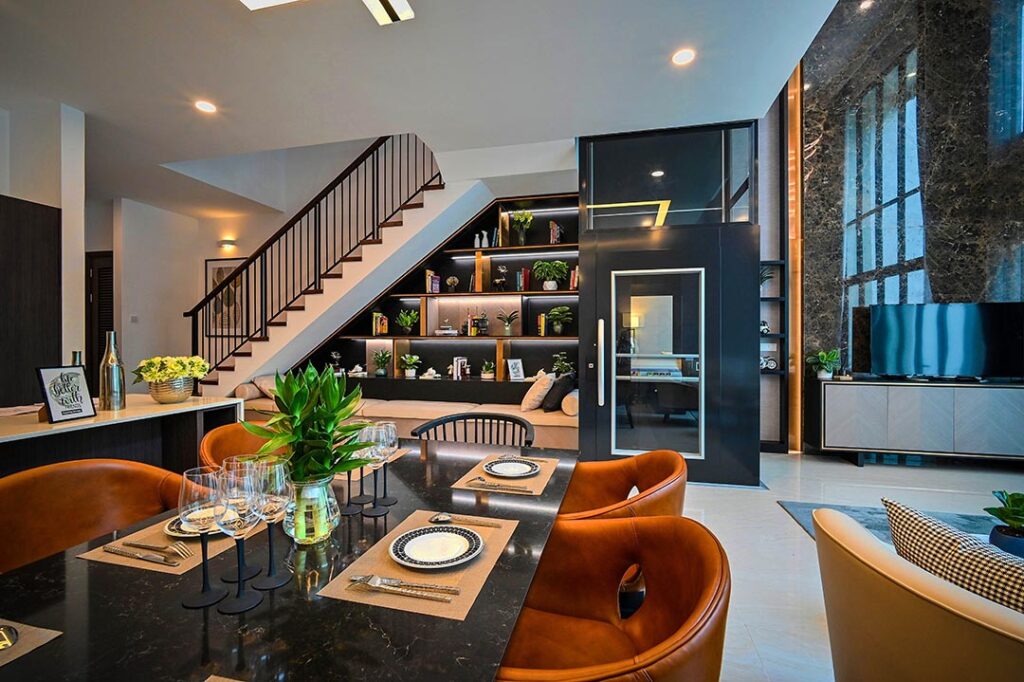
It is one of the biggest challenges that interior designers have to face: striking a fine balance between aesthetics & functionality. While it is vital to create beautiful, visually striking spaces, they should not be sacrificed for comfort or practicality. Interior designers carefully plan room layouts to optimize flow and use of available space. The designers are equally concerned with lighting, sound, and ergonomics. These elements have a significant impact on the ambience and experience in a given space. The interior design of a space not only enhances their daily lives, but is also pleasing to the eyes. For more information please Click Here
Aside from aesthetics, interior design can also influence your mood. It is important to consider how colors, patterns, textures, spatial layouts and other factors can influence our emotional well-being. While warm tones create a welcoming and comfortable atmosphere, cooler shades are more tranquil. Skilled interior designers consider psychology to craft environments which promote productivity, positivity, and relaxation. No matter if it’s an energetic office or a tranquil home, interior design has the power to affect emotions.
There has been an increased emphasis in the last few years on eco-friendly and durable interior design. As environmental issues are at the forefront of designers’ minds, they embrace green practices by using eco friendly materials and incorporating technology that is energy efficient. The sustainability of interior designs has evolved from the repurposing of vintage furniture, to the integration renewable energy. This move to be more eco-conscious not only helps reduce the impact that spaces have on the planet, but it also improves their aesthetic appeal.
